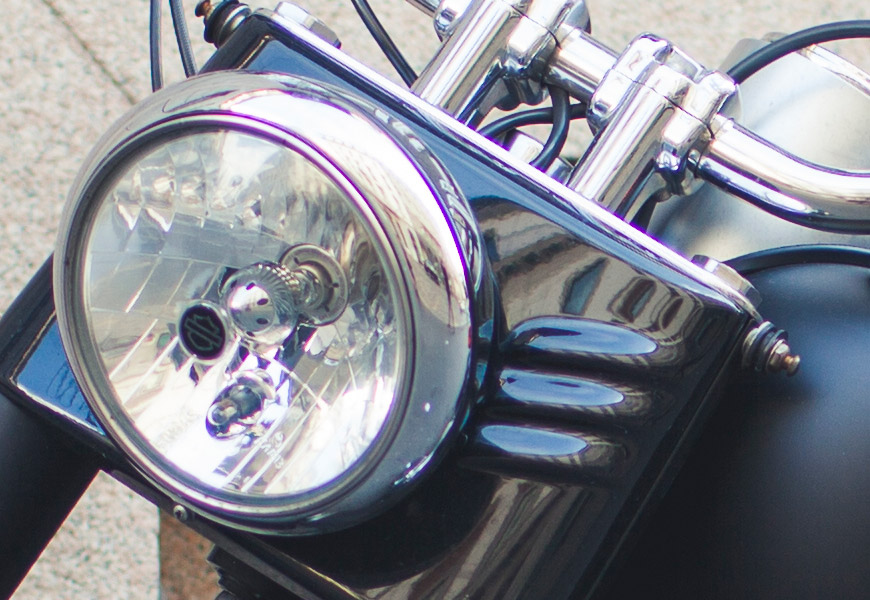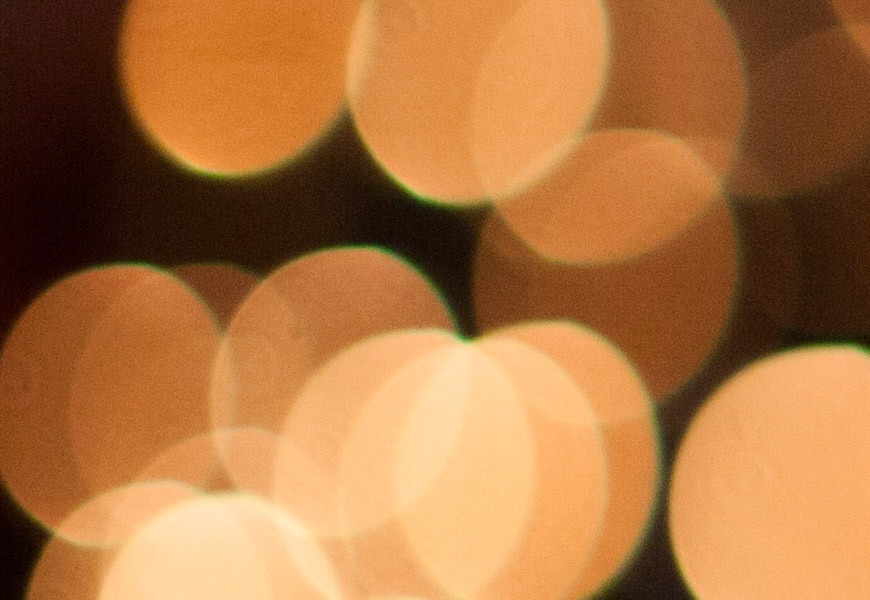Estimated reading time: 06 minutes and a half.
April/2015 - The EF 35mm f/1.4L USM is one of the oldest “modern lens” on Canon’s lineup, part of the L series but still on the first generation, circa 1998. That’s right, it’s 17 years old without an update while other less important focal lengths already have a version II. How did it survive for so long? With a state of the art optical formula, high end built, and frankly without many competition that could match its AF + large aperture performance. Canon has it all. It got on vlog do zack on the exchange of the EF 16-35mm f/2.8L II USM, a lens I’m not a fan, and saw on the 35mm a chance to try their “f/1.4L” line. And it worked. The build quality is spectacular, I have no idea how old my copy is and it feels brand new. The operation is smooth, with one of the best AFs I have on my kit. For US$1479 it’s not cheap, and actually one of the pricier ones. But is it worth it? Let’s find out.

At 580g of 11 elements in 9 groups, at just 8.6cm by 7.8cm, the first impression in your hands is pure build quality. With an internal metal structure from the mount to the filter thread, covered by high quality plastics, it is (or was) what the L series was all about, before the “engineering plastics” born with the 24mm f/1.4L II USM. It screams “professional grade” and nothing wobbles after years of use. It’s built like a tank like some white telephotos, all metal, all purpose, and balances well with full frame or APS-C cameras, solid but not front heavy.

The front element is completely flat, flushed inside the body, different from other wide angles that depend on a convex first piece. It is nice because de ø72mm filters can be bigger, durable, and attach on the last metal filter thread I remember since the EF 24-70mm f/2.8L USM. You feel it’s colder than the rest of the body and the filter “slides” much easier. That’s a good and a bad thing: my trade copy came with a stuck filter, so I got it for free. But take care not to happen with yours. One day I decided to take it off and it came easily. Who knows what happened before.

Like a good prime, it’s usability is simple with a single manual focusing ring, quite generous at 27mm, not over the top like the Art series. And an old school AF/MF switch. Headlines go to the ring type USM AF that is absolutely instantaneous and precise; much, much faster than Sigma’s DG. This EF lens feels like the EF 135mm f/2L USM: it doesn’t just auto focus, it locks. You barely touch the AF-ON button and it locks, no matter the light situation. A moving subject? Locked. Hybrid CMOS AF on the EOS M? Locked. 5D Mar… Locked! It’s the best feature of any EOS DSLR.

The top distance window is there just for features sake, as it’s small, thin and with loads of shadows from the external barrel, hard to read. Its design comes from a time when Canon cared just for the AF performance, and the EOS Movie, follow focus, “smooth MF” thing didn’t really matter. The lens was made to be durable, not to please the photographer. No, its MF ring is not as nice as Sigma’s Art, probably because you won’t use it as much. Just mount it on your camera, point at the subject and shoot. The EF 35mm f/1.4L USM is always ready, made for professionals. Well done, Canon.

“Ezio Feelings” at f/8 1/500 ISO100.
With a ground and polished aspherical element and a floating system AF, the EF 35mm f/1.4L USM has excellent resolution in the center and a bit softer around the edges, improving when stopped down. But the lateral chromatic aberrations are incredibly well controlled, be it for the easy to design focal length, or the fewer elements compared to a zoom lens. While the 24mm wide angle generates loads of lateral CAs and the 50mm has axial CA problems, the 35mm are in between, the best of both worlds. The results: high contrast photos, with few issues, that no matter the format, age and price; it’s a mandatory focal length on every lineup. * Photos with the 5D Mark II.

“Pisa” at f/8 1/500 ISO100.
At f/1.4 the key issue of the EF 35mm L is a hybrid between the 50mm L blooming and the 24mm L high contrast. The photos are vibrant straight from the camera, nice to separate the subject from the background. A closer look of chromed elements show those purple fringes because of the lack of ultra low dispersion elements; and the green highlights on the bokeh. But the absurd amount of light the f/1.4 allow inside the camera is worth the optical shortcomings, that will probably be invisible after prints. If it’s a bigger issue, you’re probably doing it wrong.

100% crop, excellent center resolution.

100% crop, who told you to use a large aperture prime?

100% crop, good resolution on the focal plane.
Stopping down to f/2.8 and f/4 reaches perfection around the edges and, again, very high contrast. In the same way the 24mm f/1.4L II USM delivered one of the sharpest files I had with the 5D Mark II, the 35mm L did it and with less lateral CA. The textures are perfect without coloured halos and urban scenes lack the “neon effect” around the edges of the buildings. On repetitive, graphic compositions, the contrast between light and shadows is perfect.

100% crop, sharp details at f/2.8.

100% crop, left side performance.

100% crop, by far one of the best performers on vlog do zack’s.
At f/8 the raw resolution surpasses any Canon full frame sensor (I didn’t use the 5DS yet) and it’s clear why this model lasted so long: absolutely impeccable performance for professional results. And here’s a misconception on the recent camera market. Okay, the Sigma 35mm f/1.4 Art DG HSM is sharper at f/1.4, but that’s the question. Why more details? And why around the corners? Is your subject really on the far corner? Canon delivers just what you need on optimised apertures, that work together with a deeper depth of field and higher resolution for digital sensors.

100% crop, impeccable contrast on optimised apertures.

100% crop, print-ready details.

100% crop, oh, the details…
The bokeh on the other hand is a bit fuzzy depending on the focusing distance, and Sigma’s Art is indeed ahead of the game. Natural elements like rocks and leafs not aways blend smoothly and create a rough background texture, hardly a nice part of your frame. So avoid shooting wide open for no reason. At 35mm it’s best to have a long depth of field, allowing the scenery to tell the story, in sharp focus. If you’re looking for a bokeh machine, get a 50mm or 85mm lens.

100% crop, f/2, focal length and bokeh are not enough to “melt” the background.

100% crop, bokeh is just for shorter focusing distances.
The geometric distortion is well controlled on flat subjects like wall and horizon lines, better than most low cost 35mm lenses, especially APS-C only models. And the colours are balanced with the rest of the L line, not different from 24mm, 50mm, 85mm etc; easier to post process when you don’t have to adjust picture by picture. It all works, with great IQ and build quality, and the perfect AF that keeps the EOS system at the top of the photographic market.
With 17 years on its back and the Sigma 35mm f/1.4 DG HSM shadow, I feel the EF 35mm f/1.4L USM lost its sparkle over the last few years. I loved the Art lens and use it with the Cinema Camera (85mm equiv.) instead of Canon’s. The Sigma is more flare resistance, better to record videos with “unflagged” studio lights. But just take the Canon on your hands to understand the legendary red ring: amazing, solid, all metal build as the L series should be. But after a close inspection on its files, it’s clear with this EF lasted so long on the market. It never really did anything wrong and depending on your aperture, it’s more than enough for most digital sensors. The EF 35mm f/1.4L USM already have a place on most kits. That is, professional kits. Nice shooting!